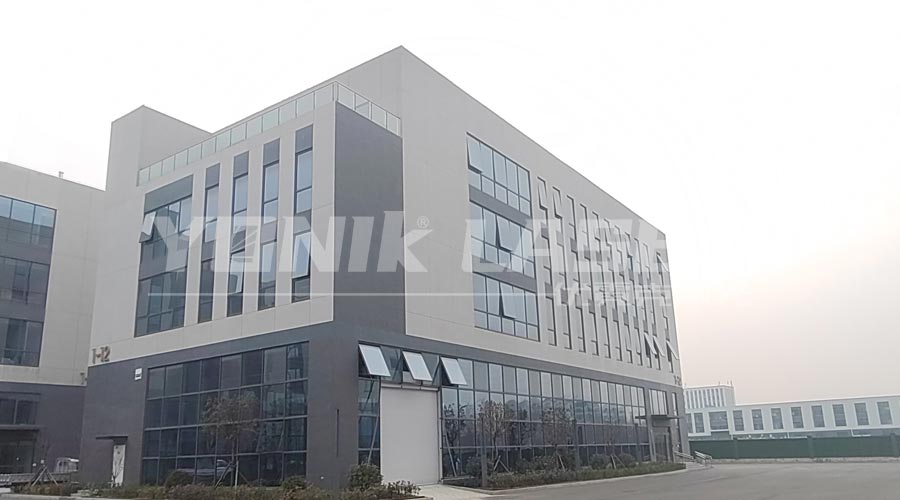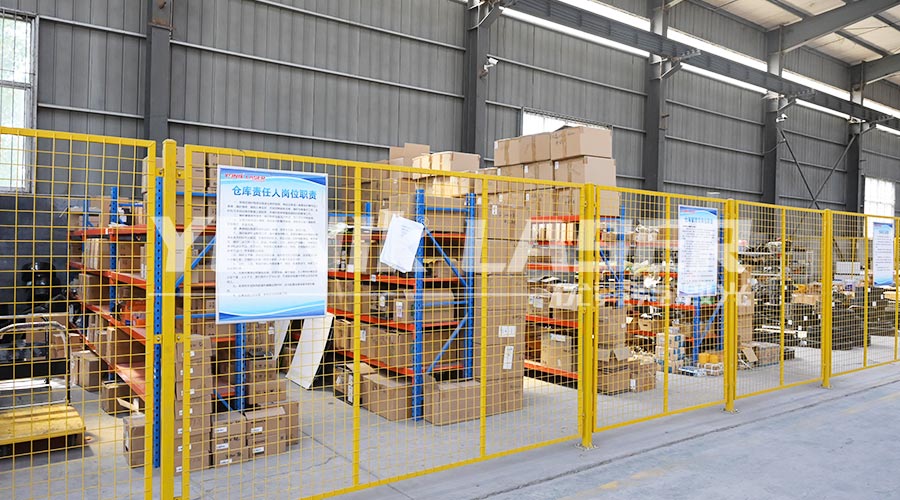The optical lens of a laser cutting machine is like the "retina" of the equipment, and once its coating layer falls off, the cutting accuracy will decay at a rate of 5% per hour. Industry data shows that 90% of lens failures are caused by coating damage rather than substrate damage, but 70% of operators do not realize lens problems until cutting burrs appear. This article will deeply analyze the 6 major causes of coating peeling, reveal the replacement cycle rules under different working conditions, and provide a full lifecycle cost control plan to help you save 30000 to 50000 yuan in consumables costs every year!

1、 Coating detachment: from micro damage to macro failure
1. Analysis of Coating Layer Structure
The laser lens adopts multi-layer coating technology, and the thickness of each layer is precisely controlled between 80-120nm:
First layer: AR coating, reflectivity<0.2%
Intermediate layer: Dielectric Coating, temperature resistance>600 ℃
Surface layer: Protective Coating, with a hardness of HV1500
2. Three stages of fatal injury
Initial stage: Pinholes with a diameter of less than 10 μ m appear on the coating surface (invisible to the naked eye)
Mid term: Pinholes expand into a crack network, and the reflectivity increases to over 5%
Final stage: The coating is peeled off and the substrate is directly exposed to laser irradiation
2、 Five major culprits and detection methods for coating peeling
1. Thermal stress impact (accounting for 45%)
Typical scenario: When continuously cutting 8mm stainless steel, the temperature of the lens instantly exceeds 500 ℃
Detection indicator: Use an infrared thermal imager to monitor the temperature difference of the lens Be cautious at 50 ℃/cm ²
2. Plasma splashing (accounting for 30%)
High incidence condition: When oxygen cuts 6mm carbon steel, the slag splashing speed reaches 120m/s
Preventive measures: Install a 0.8mm aperture anti splash nozzle to reduce slag adhesion by 70%
3. Chemical corrosion (accounting for 15%)
Dangerous combination: When cutting aluminum alloy with nitrogen, metal vapor and cooling water generate Al (OH) ∝ corrosion film layer
Response plan: Switch to dry air cutting and control the pH value between 6.5-7.5
4. Mechanical damage (accounting for 8%)
Common error: Wipe the lens vertically with a cotton swab, and the scratch depth is greater than 0.5 μ m
Correct technique: Use spiral cleaning, contact pressure<3N/cm ²
5. Vacuum failure (accounting for 2%)
Special case: Bulging caused by residual gas expansion between coating layers
Identification method: White light interferometer detects coating undulation>λ/4 and needs to be replaced
3、 Replacing cycle calculation model: from empirical values to accurate predictions
1. Traditional empirical rules
Protective lenses: replace carbon steel every 150 hours and stainless steel every 80 hours for cutting
Focusing lens: mandatory replacement within 12 months (even if the appearance is intact)
Collimator lens: 24 month replacement cycle
2. Intelligent monitoring system
Real time monitoring of transmittance: Install an online spectrometer to issue a warning when the transmittance drops to 92%
Scattered light detection: The lateral photoelectric sensor captures abnormal scattered signals and predicts failure 48 hours in advance
3. Dynamically adjust formulas
Actual lifespan (hours)=Reference lifespan x Operating condition coefficient
Cutting speed coefficient: 0.7 when V>30m/min
Material coefficient: 0.5 for cutting copper and 0.8 for stainless steel
Gas purity coefficient: 1.0 for 99.95% oxygen and 0.6 for 99.5% oxygen
4、 Cost black hole: invisible costs account for up to 60%
1. Direct cost breakdown
Domestic lenses: protective lenses 200-500 yuan/piece, focusing lenses 3000-8000 yuan/piece
Imported lenses: German brand prices are 3-5 times higher than domestic ones, but their lifespan is extended by 2-3 times
2. List of indirect costs
Shutdown loss: Replacing lenses requires a 2-hour shutdown, calculated at 200 yuan/hour, resulting in an annual loss of over 10000 yuan
Quality cost: Coating damage leads to a 1% increase in scrap rate, with an annual loss of up to 5% of material costs
Energy consumption increase: For every 1% decrease in transmittance, the laser needs to increase power compensation by 2%
3. Comparison of Full Cycle Costs
Domestic solution: Low cost in the first year, but the total cost over three years is 40% higher than the imported solution
Import plan: High initial investment, but saving over 100000 yuan in five-year maintenance costs
5、 Black technology for coating repair: feasibility of reducing costs by 50% directly
1. Laser remelting technology
Using 1064nm pulsed laser to locally repair the delamination area, with a repair thickness accuracy of ± 5nm
Suitable for repairing local detachment with a diameter of less than 2mm, with a repair cost of only 30% of new lenses
2. Atomic Layer Deposition (ALD)
Deposition of aluminum oxide film layer by layer in the vacuum chamber, with the hardness increased to HV1800 after repair
Each lens can be repaired 3 times, restoring 90% of its initial performance each time
3. Economic evaluation
Repair cost=new lens price x 30%+labor cost of 200 yuan
Applicable scenarios: High value focusing lenses (>5000 yuan/piece), customized lenses of special sizes
6、 Life Extension Tips: Breaking the Theoretical Limit of Lens Life
1. Clean Revolution
Nano sponge: dry cleaning can remove 90% of pollutants and avoid liquid residue
Plasma cleaning: Deep cleaning every weekend, with residual pollutant levels<0.1 μ g/cm ²
2. Environmental control
Install a positive pressure clean room to control the dust concentration in the operating area to Class 1000 level
Temperature and humidity remain constant at 22 ± 2 ℃ and 45 ± 5% RH, reducing thermal stress fluctuations by 60%
3. Process optimization
Insert a cooling section into the cutting path to ensure that the temperature fluctuation of the lens is less than 10 ℃/minute
When cutting high reactive materials, enable optical shutter modulation and laser irradiation interval>0.5 seconds
Conclusion: Building a three-level protection system
Daily protective layer: operation specification training+cleaning inspection per shift
Mid term monitoring layer: installation of intelligent sensors+monthly performance testing
Long term strategy layer: Establish lens lifecycle file+supplier joint research and development
Immediate action: Click to receive the "Laser Lens Health Testing Kit", which includes practical tools such as infrared temperature measurement stickers and portable spectrometers! Private message appointment for coating repair service, enjoy a 50% discount on the first order. Follow us for optical device lifespan extension solutions and technical whitepapers!

Related keywords: laser lens coating repair, protective lens replacement cycle, optical device life prediction, lens cleaning standard process, plasma damage protection, ALD coating regeneration technology, lens cost control strategy, intelligent health monitoring system
2025-07-22
2025-07-21
2025-07-19